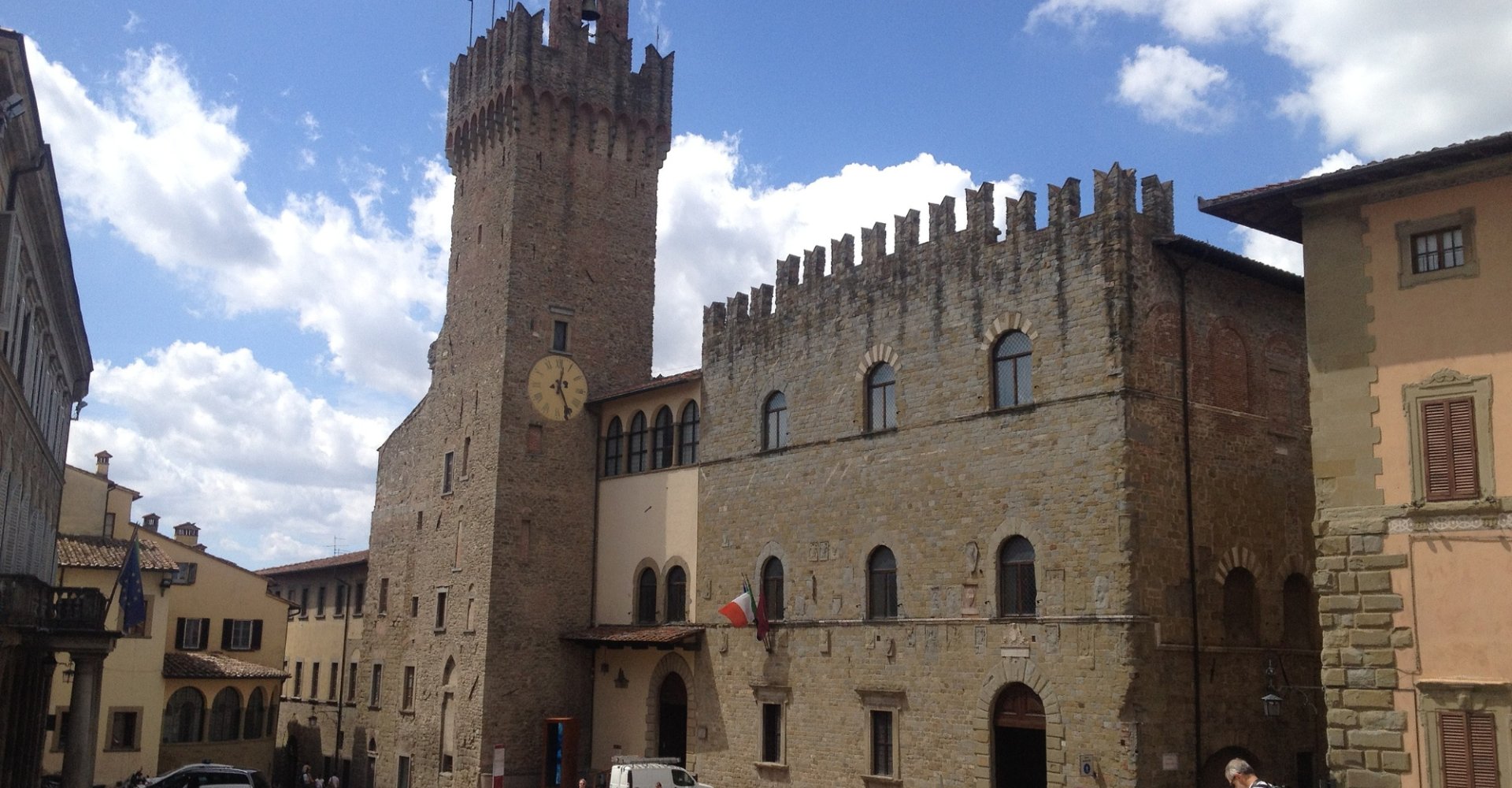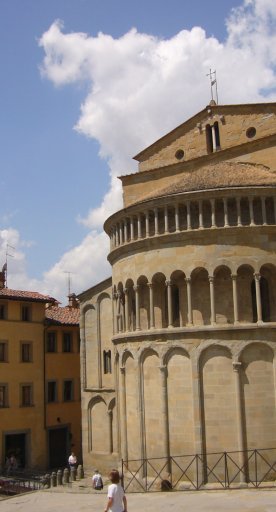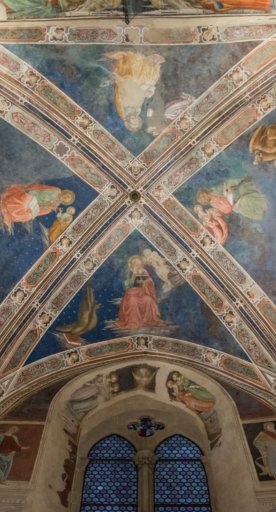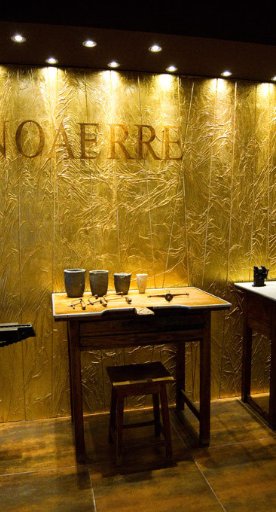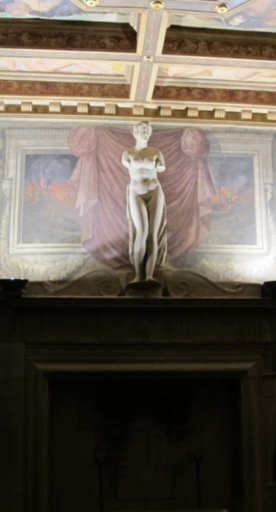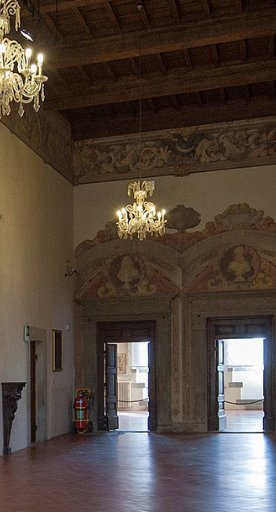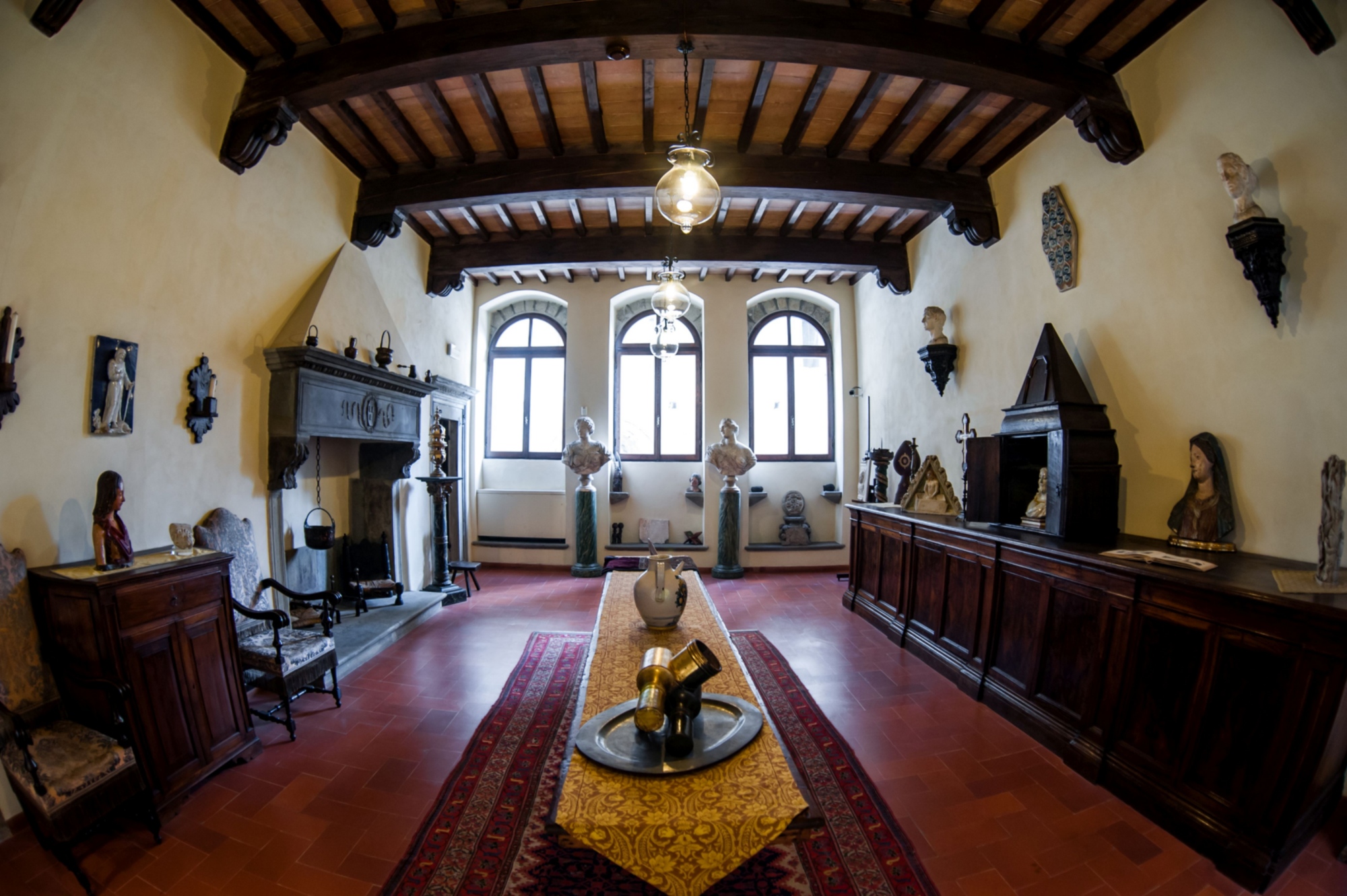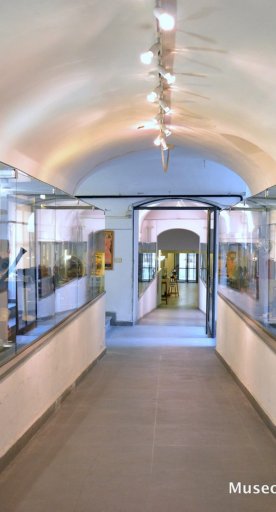Palazzo dei Priori in Arezzo
An artistic and architectural gem in the historic centre
The Palazzo dei Priori in Arezzo, still used today as the seat of the Town Hall, dates back to the first half of the 14th century and has been, since the late Middle Ages, the place appointed to house the city's highest magistracies. Inside, numerous works of art, including frescoes, statues and architectural elements, are almost unexpectedly revealed.
The building has undergone various modifications over time, such as on the facade and the quadrangular tower, but the original appearance can be clearly seen on the side facing Via Ricasoli. At the heart of the palace is a 16th-century courtyard, with the arcade topped by two loggias. The various rooms are all valuable for their settings and for the works contained here: on the ground floor already a 17th-century fresco by Salvi Castellucci - in which the Madonna and Child and Saint Donato are depicted - as well as a coeval view of Arezzo is striking.
Going up to the upper floors, there are more fresco paintings with sacred themes, statues, along with portraits and busts of the city's illustrious figures. Splendid is the Sala dei Matrimoni with its large stone fireplace, where some scenes frescoed in the 17th century by Teofilo Torri and two paintings by Giorgio Vasari, a leading personality of the late Italian Renaissance who was a native of Arezzo itself, are striking. The Casa Vasari Museum is in fact dedicated to the great painter and art historian: a real artist's house that was renovated and decorated by Vasari himself with the help of some of his pupils.
Continuing our visit inside the Palazzo dei Priori, the route necessarily deviates upward, in the direction of the tower and ending with the Sala del Consiglio, frescoed in the 15th century by Parri di Spinello.
Upon exiting the Palazzo dei Priori, the view opens onto the grandiose Cathedral of Arezzo, dedicated to Saints Donato and Pietro, which houses inside works of great artistic value by Piero della Francesca and Andrea della Robbia.
